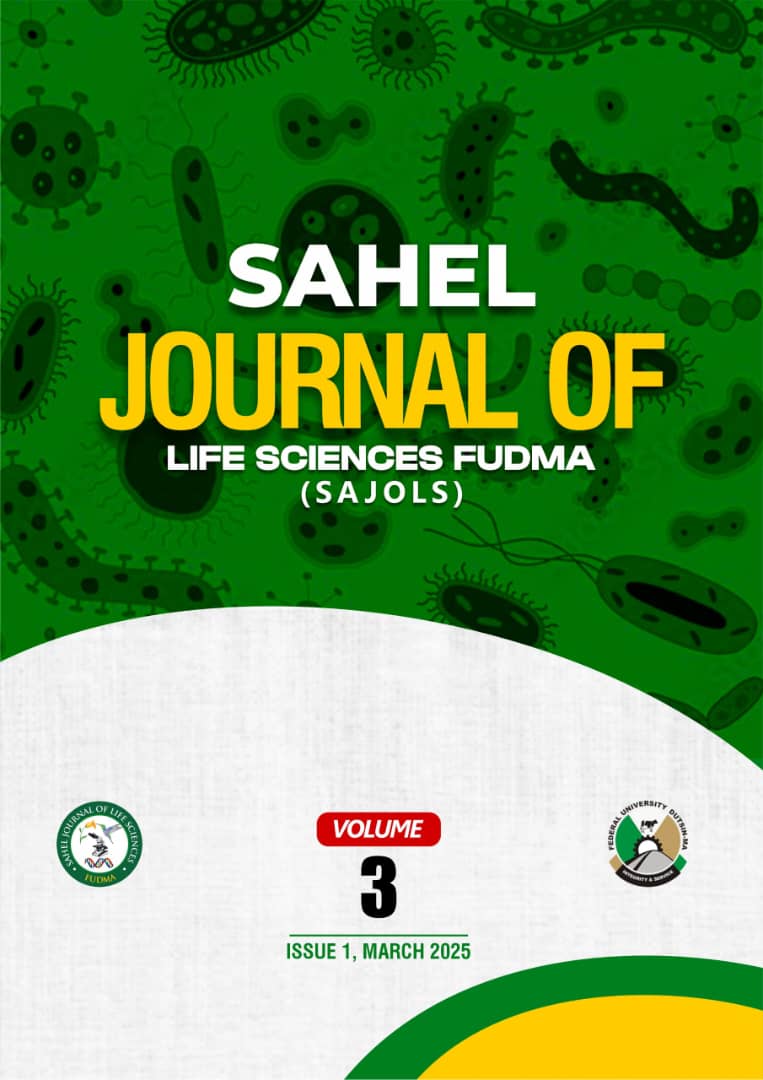Phenotypic Identification and Antimicrobial Susceptibility Profiles of Pathogenic Staphylococcus aureus from Nigerian Naira Notes Circulating in Bwari Metropolis, Abuja, Nigeria
DOI:
https://doi.org/10.33003/sajols-2025-0301-50Keywords:
Phenotypic identification, Staphylococcus aureus, naira notes, pathogenic, Bwari- Abuja.Abstract
Staphylococcus aureus is a major pathogen responsible for a wide range of infections in both community and healthcare settings. This research was aimed to isolate and phenotypically characterize pathogenic Staphylococcus aureus from Nigerian naira notes and determine their antimicrobial susceptibility profiles. The isolation and characterization of the isolates were carried out following standard bacteriological techniques. Additionally, the antimicrobial susceptibility profiles of the isolates were assessed using the Kirby-Bauer disc diffusion method. Out of the 40 naira note samples collected, 15(37.5%) were positive for S. aureus. All the isolated S. aureus were pathogenic based on the hemolysis test. The antimicrobial susceptibility test showed varied susceptibility patterns of S. aureus isolates to the tested antimicrobial agents. The result of the antimicrobial susceptibility profiles revealed that ciprofloxacin exhibited the highest susceptibility profile of 93.3%; gentamicin recorded the highest intermediate resistance profile of 40.0%. Both Zinacef and Amoxicillin had the highest resistance profiles of 100%, respectively. This study has established that naira notes habour pathogenic S. aureus, which are a threat to public health. A high resistance observed to certain antimicrobial agents in this study emphasizes the need for appropriate antimicrobial stewardship and the consideration for effective alternative treatment options to reduce pressure on the antimicrobial agents, which has been identified as one of the major causes of resistance development. Nevertheless, based on the findings in this research, ciprofloxacin is suggested as a drug of choice for the treatment of Staphylococcus aureus infections within the study area.


